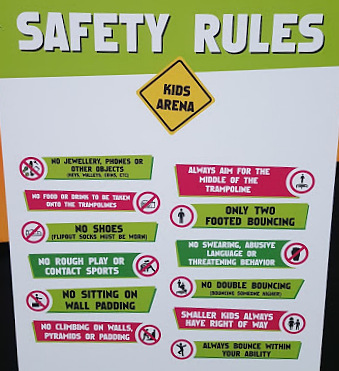§ 571.139 Standard No. 139; New pneumatic radial tires for light vehicles.
S1. Scope and purpose. This standard specifies tire dimensions, test requirements, labeling requirements, and defines tire load ratings.
S2 Application. This standard applies to new pneumatic radial tires for use on motor vehicles (other than motorcycles and low speed vehicles) that have a gross vehicle weight rating (GVWR) of 10,000 pounds or less and that were manufactured after 1975. This standard does not apply to special tires (ST) for trailers in highway service, tires for use on farm implements (FI) in agricultural service with intermittent highway use, tires with rim diameters of 12 inches and below, T-type temporary use spare tires with radial construction, and light truck tires with a tread depth of 18/32 inch or greater.
S3 Definitions.
Bead means the part of the tire that is made of steel wires, wrapped or reinforced by ply cords and that is shaped to fit the rim.
Bead separation means a breakdown of the bond between components in the bead.
Bias ply tire means a pneumatic tire in which the ply cords that extend to the beads are laid at alternate angles substantially less than 90 degrees to the centerline of the tread.
Carcass means the tire structure, except tread and sidewall rubber which, when inflated, bears the load.
Chunking means the breaking away of pieces of the tread or sidewall.
Cord means the strands forming the plies in the tire.
Cord separation means the parting of cords from adjacent rubber compounds.
Cracking means any parting within the tread, sidewall, or inner liner of the tire extending to cord material.
Extra load tire means a tire designed to operate at higher loads and higher inflation pressure than the corresponding standard tire.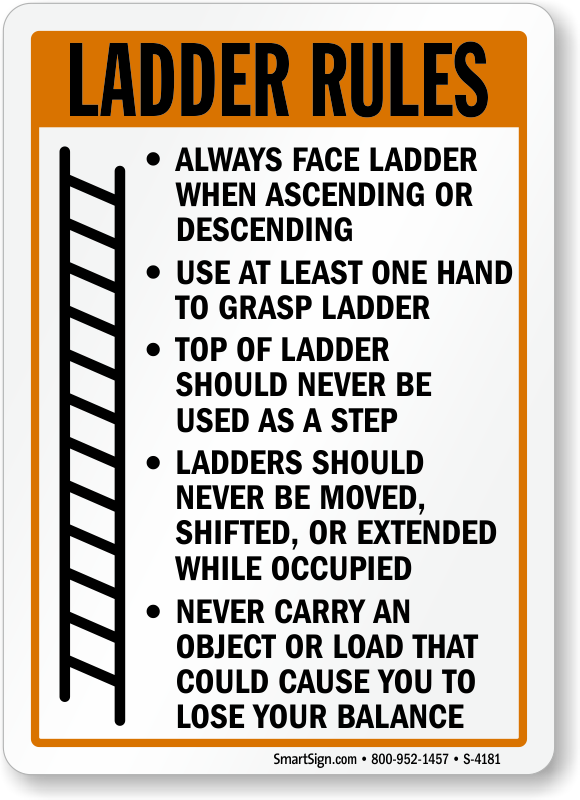
Groove means the space between two adjacent tread ribs.
Innerliner means the layer(s) forming the inside surface of a tubeless tire that contains the inflating medium within the tire.
Innerliner separation means the parting of the innerliner from cord material in the carcass.
Light truck (LT) tire means a tire designated by its manufacturer as primarily intended for use on lightweight trucks or multipurpose passenger vehicles.
Load rating means the maximum load that a tire is rated to carry for a given inflation pressure.
Maximum load rating means the load rating for a tire at the maximum permissible inflation pressure for that tire.
Maximum permissible inflation pressure means the maximum cold inflation pressure to which a tire may be inflated.
Measuring rim means the rim on which a tire is fitted for physical dimension requirements.
Open splice means any parting at any junction of tread, sidewall, or innerliner that extends to cord material.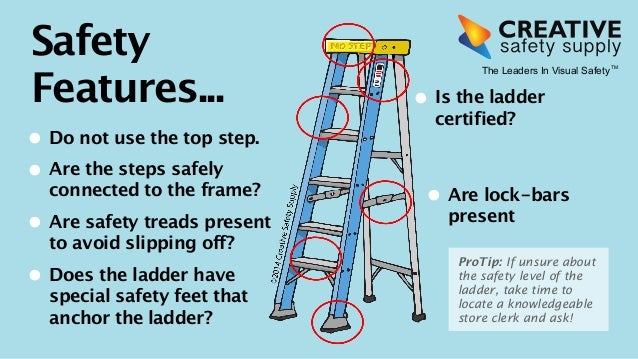
Outer diameter means the overall diameter of an inflated new tire.
Overall width means the linear distance between the exteriors of the sidewalls of an inflated tire, including elevations due to labeling, decorations, or protective bands or ribs.
Passenger car tire means a tire intended for use on passenger cars, multipurpose passenger vehicles, and trucks, that have a gross vehicle weight rating (GVWR) of 10,000 pounds or less.
Ply means a layer of rubber-coated parallel cords.
Ply separation means a parting of rubber compound between adjacent plies.
Pneumatic tire means a mechanical device made of rubber, chemicals, fabric and steel or other materials, that, when mounted on an automotive wheel, provides the traction and contains the gas or fluid that sustains the load.
Radial ply tire means a pneumatic tire in which the ply cords that extend to the beads are laid at substantially 90 degrees to the centerline of the tread.
Reinforced tire means a tire designed to operate at higher loads and at higher inflation pressures than the corresponding standard tire.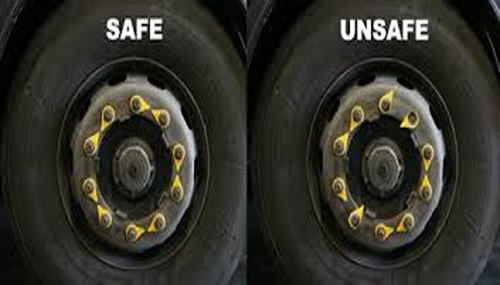
Rim means a metal support for a tire or a tire and tube assembly upon which the tire beads are seated.
Section width means the linear distance between the exteriors of the sidewalls of an inflated tire, excluding elevations due to labeling, decoration, or protective bands.
Sidewall means that portion of a tire between the tread and bead.
Sidewall separation means the parting of the rubber compound from the cord material in the sidewall.
Snow tire means a tire that attains a traction index equal to or greater than 112, compared to the ASTM F2493 standard reference test tire when using the snow traction test on the medium pack snow surface as described in ASTM F1805-20 (incorporated by reference, see § 571.5), and that is marked with an Alpine Symbol specified in S5.5(i) on at least one sidewall.
Test rim means the rim on which a tire is fitted for testing, and may be any rim listed as appropriate for use with that tire.
Tread means that portion of a tire that comes into contact with the road.
Tread rib means a tread section running circumferentially around a tire.
Tread separation means pulling away of the tread from the tire carcass.
Treadwear indicators (TWI) means the projections within the principal grooves designed to give a visual indication of the degrees of wear of the tread.
Wheel-holding fixture means the fixture used to hold the wheel and tire assembly securely during testing.
S4. Tire and rim matching information.
S4.1. Each manufacturer of tires must ensure that a listing of the rims that may be used with each tire that it produces is provided to the public in accordance with S4.1.1 and S4.1.2.
S4.1.1 Each rim listing for a tire must include dimensional specifications and a diagram of the rim and must be in one of the following forms:
(a) Listed by manufacturer name or brand name in a document furnished to dealers of the manufacturer's tires, to any person upon request, and in duplicate to the Docket Section (No.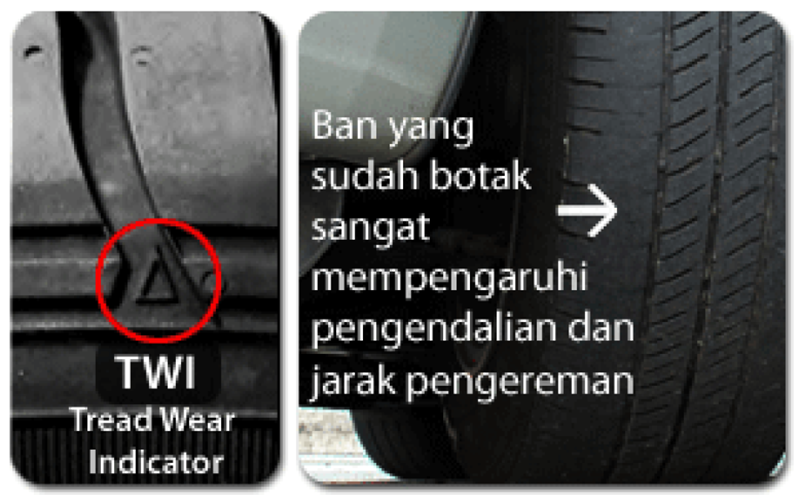 NHTSA-2009-0117), National Highway Traffic Safety Administration, West Building, 1200 New Jersey Ave. SE, Washington, DC 20590; or
NHTSA-2009-0117), National Highway Traffic Safety Administration, West Building, 1200 New Jersey Ave. SE, Washington, DC 20590; or
(b) Contained in publications, current at the date of manufacture of the tire or any later date, of at least one of the following organizations:
(1) The Tire and Rim Association.
(2) The European Tyre and Rim Technical Organization.
(3) Japan Automobile Tire Manufacturers' Association, Inc.
(4) Tyre & Rim Association of Australia.
(5) Associacao Latino Americana de Pneus e Aros (Brazil).
(6) South African Bureau of Standards.
S4.1.2 A listing compiled in accordance with paragraph (a) of S4.1.1 need not include dimensional specifications or a diagram of a rim whose dimensional specifications and diagram are contained in a listing published in accordance with paragraph (b) of S4.1.1.
S4.2. Information contained in a publication specified in S4.1.1(b) that lists general categories of tires and rims by size designation, type of construction, and/or intended use, is considered to be manufacturer's information required by S4.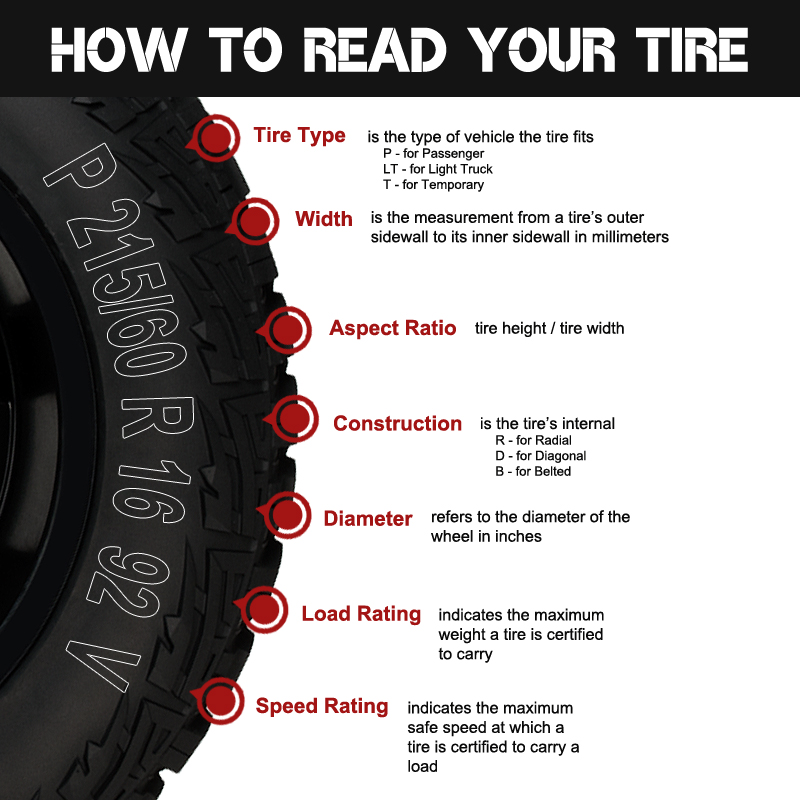 1 for the listed tires, unless the publication itself or specific information provided according to S4.1(a) indicates otherwise.
1 for the listed tires, unless the publication itself or specific information provided according to S4.1(a) indicates otherwise.
S5. General requirements
S5.1. Size and construction. Each tire shall fit each rim specified for its size designation in accordance with S4.1.
S5.2. Performance requirements. Each tire shall conform to each of the following:
(a) It shall meet the requirements specified in S6 for its tire size designation, type, and maximum permissible inflation pressure.
(b) It shall meet each of the applicable requirements set forth in paragraphs (c) and (d) of this S5.2, when mounted on a model rim assembly corresponding to any rim designated by the tire manufacturer for use with the tire in accordance with S4.
(c) Its maximum permissible inflation pressure shall be 240, 280, 300, 340, or 350 kPa.
(d) Its load rating shall be that specified either in a submission made by an individual manufacturer, pursuant to S4, or in one of the publications described in S4 for its size designation, type and each appropriate inflation pressure. If the maximum load rating for a particular tire size is shown in more than one of the publications described in S4, each tire of that size designation shall have a maximum load rating that is not less than the published maximum load rating, or if there are differing maximum load ratings for the same tire size designation, not less then the lowest published maximum load rating.
If the maximum load rating for a particular tire size is shown in more than one of the publications described in S4, each tire of that size designation shall have a maximum load rating that is not less than the published maximum load rating, or if there are differing maximum load ratings for the same tire size designation, not less then the lowest published maximum load rating.
S5.3. Test sample. For the tests specified in S6, use:
(a) One tire for high speed;
(b) Another tire for endurance and low inflation pressure performance; and
(c) A third tire for physical dimensions, resistance to bead unseating, and strength, in sequence.
S5.4. Treadwear indicators. Except in the case of tires with a 12-inch or smaller rim diameter, each tire shall have not less than six treadwear indicators spaced approximately equally around the circumference of the tire that enable a person inspecting the tire to determine visually whether the tire has worn to a tread depth of one sixteenth of an inch.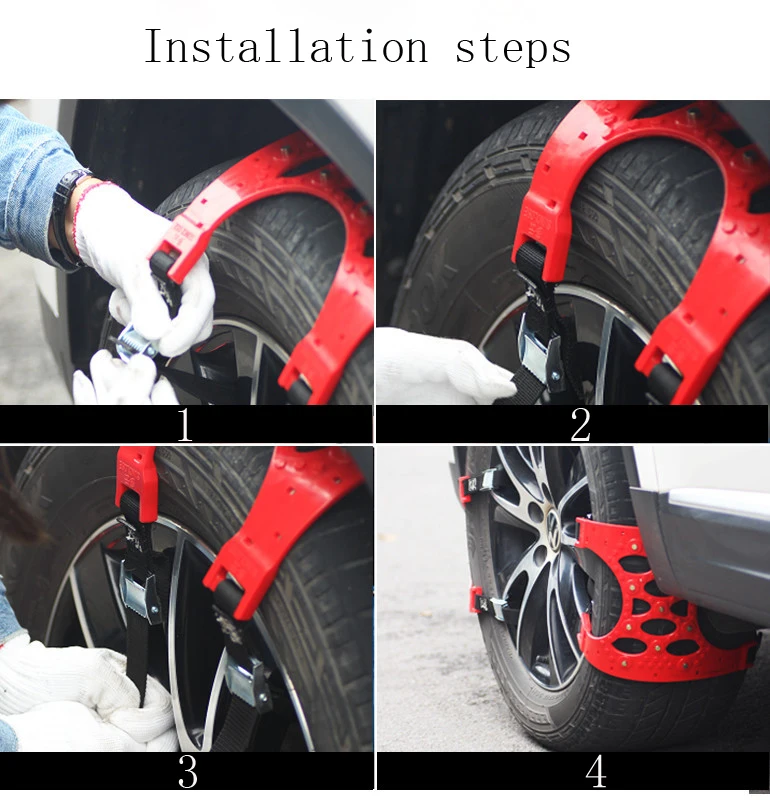 Tires with 12-inch or smaller rim diameter shall have not less than three such treadwear indicators.
Tires with 12-inch or smaller rim diameter shall have not less than three such treadwear indicators.
S5.5 Tire markings. Except as specified in paragraphs (a) through (i) of S5.5, each tire must be marked on each sidewall with the information specified in S5.5(a) through (d) and on one sidewall with the information specified in S5.5(e) through (i) according to the phase-in schedule specified in S7 of this standard. The markings must be placed between the maximum section width and the bead on at least one sidewall, unless the maximum section width of the tire is located in an area that is not more than one-fourth of the distance from the bead to the shoulder of the tire. If the maximum section width falls within that area, those markings must appear between the bead and a point one-half the distance from the bead to the shoulder of the tire, on at least one sidewall. The markings must be in letters and numerals not less than 0.078 inches high and raised above or sunk below the tire surface not less than 0. 015 inches.
015 inches.
(a) The symbol DOT, which constitutes a certification that the tire conforms to applicable Federal motor vehicle safety standards;
(b) The tire size designation as listed in the documents and publications specified in S4.1.1 of this standard;
(c) The maximum permissible inflation pressure, subject to the limitations of S5.5.4 through S5.5.6 of this standard;
(d) The maximum load rating and for LT tires, the letter designating the tire load range;
(e) The generic name of each cord material used in the plies (both sidewall and tread area) of the tire;
(f) The actual number of plies in the sidewall, and the actual number of plies in the tread area, if different;
(g) The term “tubeless” or “tube type,” as applicable;
(h) The word “radial,” if the tire is a radial ply tire; and
(i) Alpine Symbol. A tire meeting the definition of a snow tire as defined in paragraph S3 may, at the option of the manufacturer, show the pictograph of a mountain with a snowflake as shown below.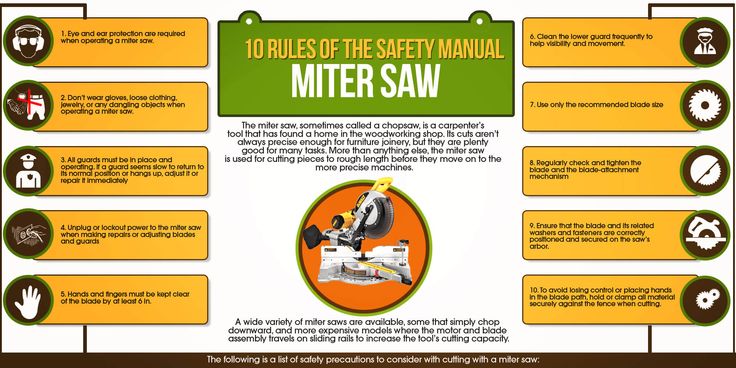 If the manufacturer chooses to mark the snow tire with the alpine symbol, the mountain profile must have a minimum base of 15 mm and a minimum height of 15 mm, and must contain three peaks with the middle peak being the tallest. Inside the mountain, there must be a six-sided snowflake having a minimum height of one-half the tallest peak.
If the manufacturer chooses to mark the snow tire with the alpine symbol, the mountain profile must have a minimum base of 15 mm and a minimum height of 15 mm, and must contain three peaks with the middle peak being the tallest. Inside the mountain, there must be a six-sided snowflake having a minimum height of one-half the tallest peak.
S5.5.1 Tire identification number.
(a) Tires manufactured before September 1, 2009. Each tire must be labeled with the tire identification number required by 49 CFR part 574 on a sidewall of the tire. Except for retreaded tires, either the tire identification number or a partial tire identification number, containing all characters in the tire identification number, except for the date code and, at the discretion of the manufacturer, any optional code, must be labeled on the other sidewall of the tire.
(b) Tires manufactured on or after September 1, 2009. Each tire must be labeled with the tire identification number required by 49 CFR part 574 on the intended outboard sidewall of the tire.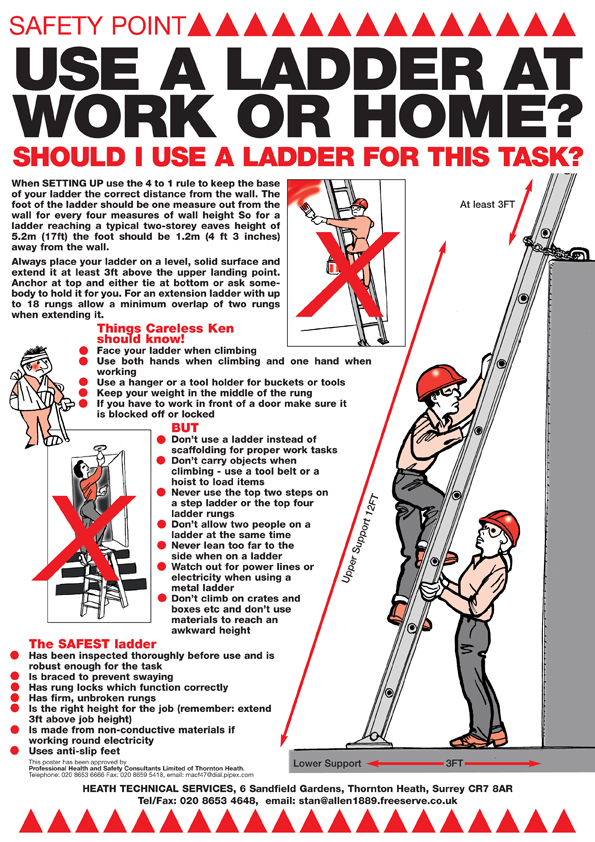 Except for retreaded tires, either the tire identification number or a partial tire identification number, containing all characters in the tire identification number, except for the date code and, at the discretion of the manufacturer, any optional code, must be labeled on the other sidewall of the tire. Except for retreaded tires, if a tire does not have an intended outboard sidewall, the tire must be labeled with the tire identification number required by 49 CFR part 574 on one sidewall and with either the tire identification number or a partial tire identification number, containing all characters in the tire identification number except for the date code and, at the discretion of the manufacturer, any optional code, on the other sidewall.
Except for retreaded tires, either the tire identification number or a partial tire identification number, containing all characters in the tire identification number, except for the date code and, at the discretion of the manufacturer, any optional code, must be labeled on the other sidewall of the tire. Except for retreaded tires, if a tire does not have an intended outboard sidewall, the tire must be labeled with the tire identification number required by 49 CFR part 574 on one sidewall and with either the tire identification number or a partial tire identification number, containing all characters in the tire identification number except for the date code and, at the discretion of the manufacturer, any optional code, on the other sidewall.
S5.5.2 [Reserved]
S5.5.3 Each tire must be labeled with the name of the manufacturer, or brand name and number assigned to the manufacturer in the manner specified in 49 CFR part 574.
S5.5.4 For passenger car tires, if the maximum inflation pressure of a tire is 240, 280, 300, 340, or 350 kPa, then:
(a) Each marking of that inflation pressure pursuant to S5.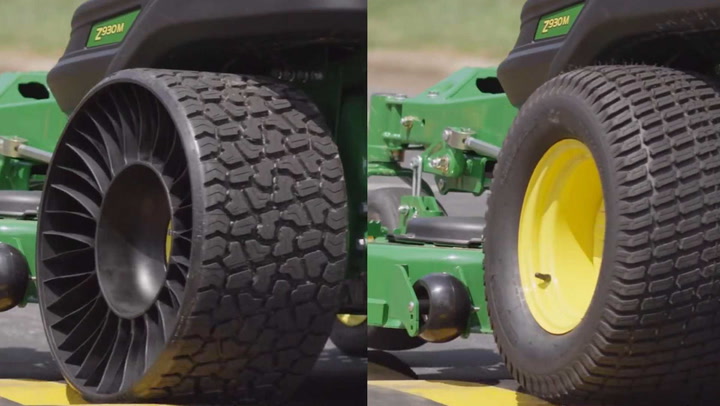 5(c) must be followed in parenthesis by the equivalent psi, rounded to the next higher whole number; and
5(c) must be followed in parenthesis by the equivalent psi, rounded to the next higher whole number; and
(b) Each marking of the tire's maximum load rating pursuant to S5.5(d) in kilograms must be followed in parenthesis by the equivalent load rating in pounds, rounded to the nearest whole number.
S5.5.5 If the maximum inflation pressure of a tire is 420 kPa (60 psi), the tire must have permanently molded into or onto both sidewalls, in letters and numerals not less than 1/2 inch high, the words “Inflate to 60 psi” or “Inflate to 420 kPa (60 psi).” On both sidewalls, the words must be positioned in an area between the tire shoulder and the bead of the tire. However, the words must be also positioned on the tire so that they are not obstructed by the flange of any rim designated for use with that tire in this standard or in Standard No. 110 (§ 571.110 of this part).
S5.5.6 For LT tires, the maximum permissible inflation pressure shown must be the inflation pressure that corresponds to the maximum load of the tire for the tire size as specified in one of the publications described in S4. 1.1.(b) of § 571.139. At the manufacturer's option, the shown inflation pressure may be as much as 10 psi (69 kPa) greater than the inflation pressure corresponding to the specified maximum load.
1.1.(b) of § 571.139. At the manufacturer's option, the shown inflation pressure may be as much as 10 psi (69 kPa) greater than the inflation pressure corresponding to the specified maximum load.
S6. Test procedures, conditions and performance requirements. Each tire shall meet all of the applicable requirements of this section when tested according to the conditions and procedures set forth in S5 and S6.1 through S6.7.
S6.1. Tire dimensions
S6.1.1 Test conditions and procedures.
S6.1.1.1 Tire Preparation.
S6.1.1.1.1 Mount the tire on the measuring rim specified by the tire manufacturer or in one of the publications listed in S4.1.1
S6.1.1.1.2 For passenger car tires, inflate to the pressure specified in the following table:
| Inflation pressure (kPa) | |
|---|---|
| Standard | Reinforced |
| 180 | 220 |
S6. 1.1.1.3 In the case of a LT tire, inflate it to the pressure at maximum load as labeled on sidewall.
1.1.1.3 In the case of a LT tire, inflate it to the pressure at maximum load as labeled on sidewall.
S6.1.1.1.4 Condition the assembly at an ambient room temperature of 20 °C to 30 °C for not less than 24 hours.
S6.1.1.1.5 Readjust the tire pressure to that specified in S6.1.1.1.2.
S6.1.1.2 Test procedure.
S6.1.1.2.1 Measure the section width and overall width by caliper at six points approximately equally spaced around the circumference of the tire, avoiding measurement of the additional thickness of the special protective ribs or bands. The average of the measurements so obtained are taken as the section width and overall width, respectively.
S6.1.1.2.2 Determine the outer diameter by measuring the maximum circumference of the tire and dividing the figure so obtained by Pi (3.14).
S6.1.2 Performance Requirements. The actual section width and overall width for each tire measured in accordance with S6.1.1.2 shall not exceed the section width specified in a submission made by an individual manufacturer, pursuant to S4. 1.1(a) or in one of the publications described in S4.1.1(b) for its size designation and type by more than:
1.1(a) or in one of the publications described in S4.1.1(b) for its size designation and type by more than:
(a) (For tires with a maximum permissible inflation pressure of 32, 36, or 40 psi) 7 percent, or
(b) (For tires with a maximum permissible inflation pressure of 240, 280, 300, 340 or 350 kPa) 7 percent or 10 mm (0.4 inches), whichever is larger.
S6.2 High Speed Performance
S6.2.1 Test conditions and procedures.
S6.2.1.1 Preparation of tire.
S6.2.1.1.1 Mount the tire on a test rim and inflate it to the pressure specified for the tire in the following table:
| Tire application | Test pressure (kPa) |
|---|---|
| Passenger car tires: | |
| Standard load | 220 |
| Extra load | 260 |
Light truck tires with a nominal cross section ≤295 mm (11. 5 inches): 5 inches): | |
| Load Range C | 320 |
| Load Range D | 410 |
| Load Range E | 500 |
| Light truck tires with a nominal cross section >295 mm (11.5 inches) | |
| Load Range C | 230 |
| Load Range D | 320 |
| Load Range E | 410 |
S6.2.1.1.2 Condition the assembly at 32 to 38 °C for not less than 3 hours.
S6.2.1.1.3 Before or after mounting the assembly on a test axle, readjust the tire pressure to that specified in S6.2.1.1.1.
S6.2.1.2 Test procedure.
S6.2.1.2.1 Press the assembly against the outer face of a test drum with a diameter of 1.70 m ±1%.
S6.2.1.2.2 Apply to the test axle a load equal to 85% of the tire's maximum load carrying capacity.
S6.2.1.2.3 Break-in the tire by running it for 2 hours at 80 km/h.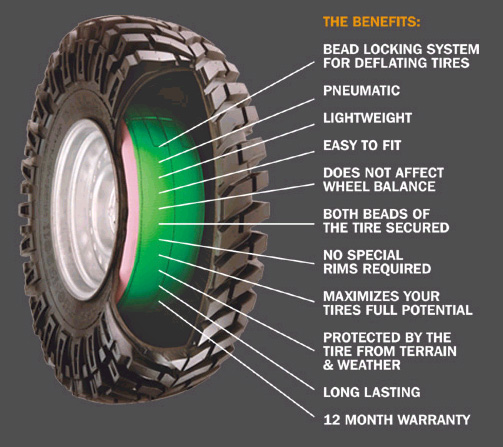
S6.2.1.2.4 Allow tire to cool to 38 °C and readjust inflation pressure to applicable pressure in 6.2.1.1.1 immediately before the test.
S6.2.1.2.5 Throughout the test, the inflation pressure is not corrected and the test load is maintained at the value applied in S6.2.1.2.2.
S6.2.1.2.6 During the test, the ambient temperature, measured at a distance of not less than 150 mm and not more than 1 m from the tire, is maintained at not less than 32 °C or more than 38 °C.
S6.2.1.2.7 The test is conducted, continuously and uninterrupted, for ninety minutes through three thirty-minute consecutive test stages at the following speeds: 140, 150, and 160 km/h.
S6.2.1.2.8 Allow the tire to cool for between 15 minutes and 25 minutes. Measure its inflation pressure. Then, deflate the tire, remove it from the test rim, and inspect it for the conditions specified in S6.2.2(a).
S6.2.2 Performance requirements. When the tire is tested in accordance with S6.2.1:
(a) There shall be no visual evidence of tread, sidewall, ply, cord, innerliner, belt or bead separation, chunking, open splices, cracking, or broken cords.
(b) The tire pressure, when measured at any time between 15 minutes and 25 minutes after the end of the test, shall not be less than 95% of the initial pressure specified in S6.2.1.1.1.
S6.3 Tire Endurance
S6.3.1 Test conditions and procedures.
S6.3.1.1 Preparation of Tire.
S6.3.1.1.1 Mount the tire on a test rim and inflate it to the pressure specified for the tire in the following table:
| Tire application | Test pressure (kPa) |
|---|---|
| Passenger car tires: | |
| Standard load | 180 |
| Extra load | 220 |
| Light truck tires with a nominal cross section ≤295 mm (11.5 inches) | |
| Load Range C | 260 |
| Load Range D | 340 |
| Load Range E | 410 |
Light truck tires with a nominal cross section >295 mm (11.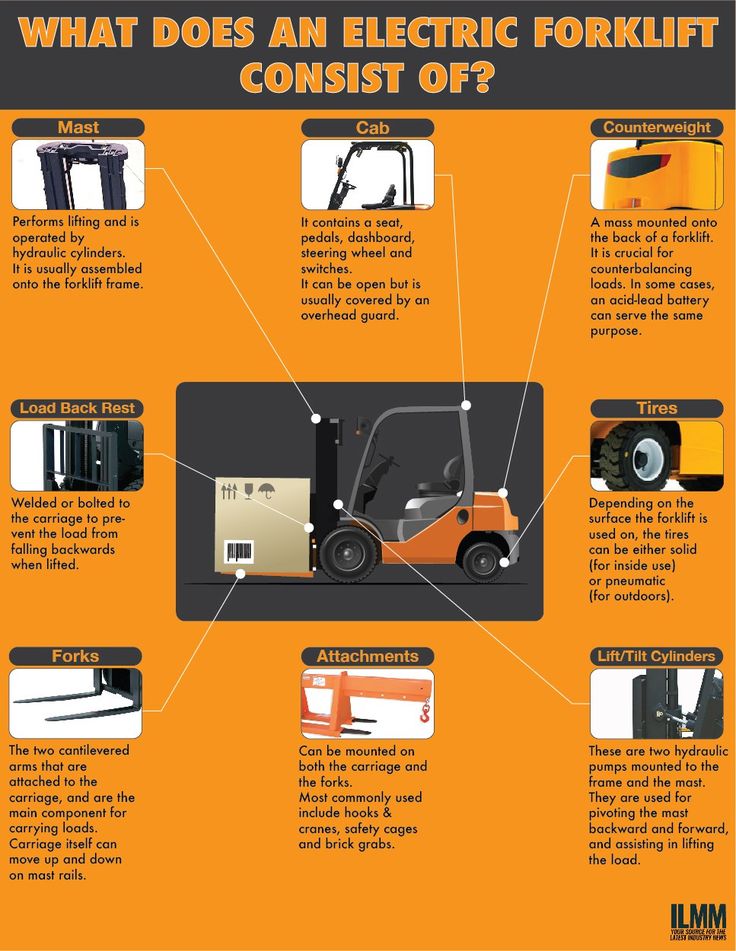 5 inches) 5 inches) | |
| Load Range C | 190 |
| Load Range D | 260 |
| Load Range E | 340 |
S6.3.1.1.2 Condition the assembly at 32 to 38 °C for not less than 3 hours.
S6.3.1.1.3 Readjust the pressure to the value specified in S6.3.1.1.1 immediately before testing.
S6.3.1.2 Test Procedure.
S6.3.1.2.1 Mount the assembly on a test axle and press it against the outer face of a smooth wheel having a diameter of 1.70 m ±1%.
S6.3.1.2.2 During the test, the ambient temperature, at a distance of not less than 150 mm and not more than 1 m from the tire, is maintained at not less than 32 °C or more than 38 °C.
S6.3.1.2.3 Conduct the test, without interruptions, at the test speed of not less than 120 km/h with loads and test periods not less than those shown in the following table. For snow tires, conduct the test at not less than 110 km/h.
| Test period | Duration (hours) | Load as a percentage of tire maximum load rating |
|---|---|---|
| 1 | 4 | 85 |
| 2 | 6 | 90 |
| 3 | 24 | 100 |
S6.3.1.2.4 Throughout the test, the inflation pressure is not corrected and the test loads are maintained at the value corresponding to each test period, as shown in the table in S6.3.1.2.3.
S6.3.1.2.5 Allow the tire to cool for between 15 minutes and 25 minutes after running the tire for the time specified in the table in S6.3.1.2.3, measure its inflation pressure. Inspect the tire externally on the test rim for the conditions specified in S6.3.2(a).
S6.3.2 Performance requirements. When the tire is tested in accordance with S6.3.1:
(a) There shall be no visual evidence of tread, sidewall, ply, cord, belt or bead separation, chunking, open splices, cracking or broken cords.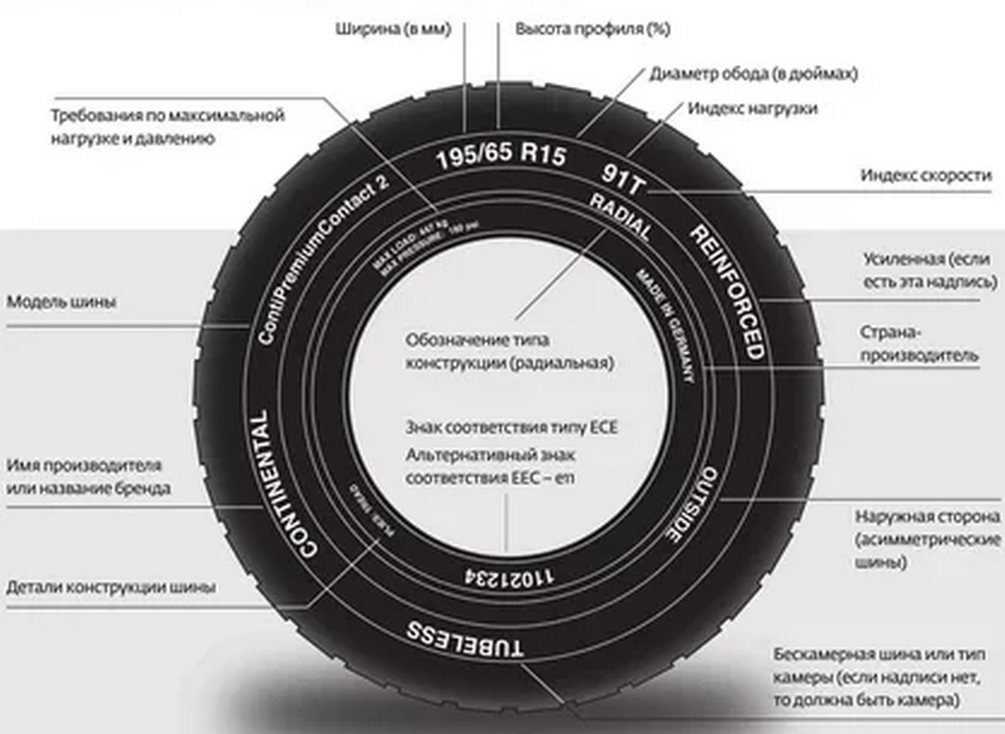
(b) The tire pressure, when measured at any time between 15 minutes and 25 minutes after the end of the test, shall not be less than 95% of the initial pressure specified in S6.3.1.1.1.
S6.4 Low Inflation Pressure Performance
S6.4.1 Test conditions and procedures.
S6.4.1.1 Preparation of tire.
S6.4.1.1.1 This test is conducted following completion of the tire endurance test using the same tire and rim assembly tested in accordance with S6.3 with the tire deflated to the following appropriate pressure:
| Tire application | Test pressure (kPa) |
|---|---|
| Passenger car tires | |
| Standard load | 140 |
| Extra load | 160 |
| Light truck tires with a nominal cross section ≤295 mm (11.5 inches) | |
| Load Range C | 200 |
| Load Range D | 260 |
| Load Range E | 320 |
Light truck tires with a nominal cross section >295 mm (11. 5 inches) 5 inches) | |
| Load Range C | 150 |
| Load Range D | 200 |
| Load Range E | 260 |
S6.4.1.1.2 After the tire is deflated to the appropriate test pressure in S6.4.1.1.1 at the completion of the endurance test, condition the assembly at 32 to 38 °C for not less than 2 hours.
S6.4.1.1.3 Before or after mounting the assembly on a test axle, readjust the tire pressure to that specified in S6.4.1.1.1.
S6.4.1.2 Test procedure.
S6.4.1.2.1 The test is conducted for ninety minutes at the end of the test specified in S6.3, continuous and uninterrupted, at a speed of 120 km/h (75 mph). For snow tires, conduct the test at not less than 110 km/h.
S6.4.1.2.2 Press the assembly against the outer face of a test drum with a diameter of 1.70 m + 1%.
S6.4.1.2.3 Apply to the test axle a load equal to 100% of the tire's maximum load carrying capacity.
S6.4.1.2.4 Throughout the test, the inflation pressure is not corrected and the test load is maintained at the initial level.
S6.4.1.2.5 During the test, the ambient temperature, at a distance of not less than 150 mm and not more than 1 m from the tire, is maintained at not less than 32 °C or more than 38 °C.
S6.4.1.2.6 Allow the tire to cool for between 15 minutes and 25 minutes. Measure its inflation pressure. Then, deflate the tire, remove it from the test rim, and inspect it for the conditions specified in S6.4.2(a).
S6.4.2 Performance requirements. When the tire is tested in accordance with S6.4.1:
(a) There shall be no visual evidence of tread, sidewall, ply, cord, innerliner, belt or bead separation, chunking, open splices, cracking, or broken cords, and
(b) The tire pressure, when measured at any time between 15 minutes and 25 minutes after the end of the test, shall not be less than 95% of the initial pressure specified in S6.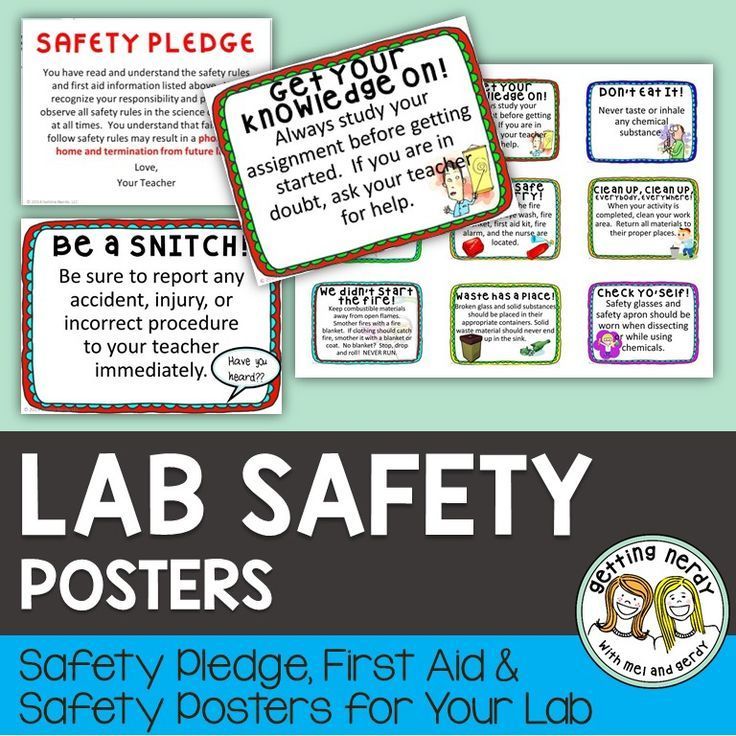 4.1.1.1.
4.1.1.1.
S6.5 Tire strength.
S6.5.1 Tire strength for passenger car tires. Each tire shall comply with the requirements of S5.3 of § 571.109.
S6.5.2 Tire strength for LT tires. Each tire shall comply with the requirements of S7.3 of § 571.119.
S6.6 Tubeless tire bead unseating resistance. Each tire shall comply with the requirements of S5.2 of § 571.109. For light truck tires, the maximum permissible inflation pressure to be used for the bead unseating test is as follows:
| Load Range C | 260 kPa. |
|---|---|
| Load Range D | 340 kPa. |
| Load Range E | 410 kPa. |
For light truck tires with a nominal cross section greater than 295 mm (11.5 inches), the maximum permissible inflation pressure to be used for the bead unseating test is as follows:
| Load Range C | 190 kPa. |
|---|---|
| Load Range D | 260 kPa. |
| Load Range E | 340 kPa. |
S7. Phase-in schedule for tire markings.
S7.1 Tires manufactured on or after September 1, 2005 and before September 1, 2006. For tires manufactured on or after September 1, 2005 and before September 1, 2006, the number of tires complying with S4, S5.5, S5.5.1, S5.5.2, S5.5.3, S5.5.4, S5.5.5, and S5.5.6 of this standard must be equal to not less than 40% of the manufacturer's production during that period.
S7.2 Tires manufactured on or after September 1, 2006 and before September 1, 2007. For tires manufactured on or after September 1, 2006 and before September 1, 2007, the number of tires complying with S4, S5.5, S5.5.1, S5.5.2, S5.5.3, S5.5.4, S5.5.5, and S5.5.6 of this standard must be equal to not less than 70% of the manufacturer's production during that period.
S7. 3 Tires manufactured on or after September 1, 2007. Each tire must comply with S4, S5.5, S5.5.1, S5.5.2, S5.5.3, S5.5.4, S5.5.5, and S5.5.6 of this standard.
3 Tires manufactured on or after September 1, 2007. Each tire must comply with S4, S5.5, S5.5.1, S5.5.2, S5.5.3, S5.5.4, S5.5.5, and S5.5.6 of this standard.
[67 FR 69627, Nov. 18, 2002, as amended at 68 FR 38150, June 26, 2003; 69 FR 31319, June 3, 2004; 71 FR 886, Jan. 6, 2006; 72 FR 49211, Aug. 28, 2007; 73 FR 72358, Nov. 28, 2008; 77 FR 760, Jan. 6, 2012; 87 FR 34810, June 8, 2022]
Tire Defect Attorneys > Tire Defects > Tire Safety Tips
There’s no doubt that your tires are a critical component of keeping you safe on the road. A tire failure while you’re out driving can lead to a serious accident or injury. Keeping your tires maintained in good condition, and replacing them when they’re not, are key to your safety. Unfortunately, a defective tire can still come apart on you, no matter what you do. In that case, you’ll need the help of an experienced Florida personal injury attorney to find out what happened and hold the responsible parties accountable. See below for some basic tire safety tips, and call Halpern Santos Pinkert at 877-529-6211 if you’ve been hurt in a tire-related crash.
See below for some basic tire safety tips, and call Halpern Santos Pinkert at 877-529-6211 if you’ve been hurt in a tire-related crash.
Keeping tires properly inflated will keep them running correctly and help them last longer, while also putting you less at risk for a flat or blowout. A properly inflated tire also increases fuel economy and can save you a surprising amount on gas over time. Make sure you check the pressure “cold,” i.e. when the car has not been driven for the past few hours. As tires and the air inside them heat up and expand, the pressure changes. A cold reading gives you an accurate measure to judge whether your tires are inflated to the proper pressure indicated in your owner’s manual.
Note that radial tires often look low under visual inspection, but unless the tire is seriously underinflated, you really can’t judge if a tire is properly inflated just by looking. Use a good quality pressure gauge instead.
Rotating and balancing your tires and keeping your wheels in alignment will help your tires last longer and give you a smoother ride, not only improving the life of your tires but also other components such as shock absorbers.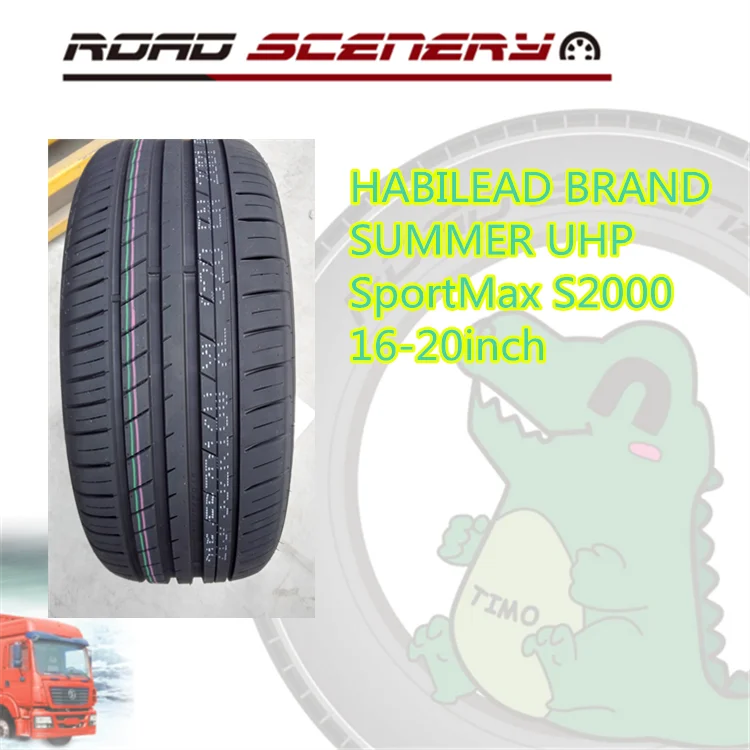 Rotating the tires helps them wear evenly, which is important for tire safety. The trick to keep the tires rotated into a different position every time is to move the rear tires straight to the front but crisscross the front tires on their way to the rear.
Rotating the tires helps them wear evenly, which is important for tire safety. The trick to keep the tires rotated into a different position every time is to move the rear tires straight to the front but crisscross the front tires on their way to the rear.
Before rotating tires (or agreeing to let the maintenance shop rotate your tires), check your owner’s manual to make sure your tires should in fact be rotated. Some vehicles have different tire sizes for the front and rear wheels, so rotating the tires in this situation could actually be dangerous.
Balancing should be done whenever tires are installed. An alignment may be needed if you find your car “pulls” or drifts to the left or right when you are driving straight on a level road.
Make sure you have the right size tires on your car. There are countless different tire sizes, but you need to make sure your tires are the correct ones. Don’t let a tire dealer sell you the wrong tire, telling you it will be compatible.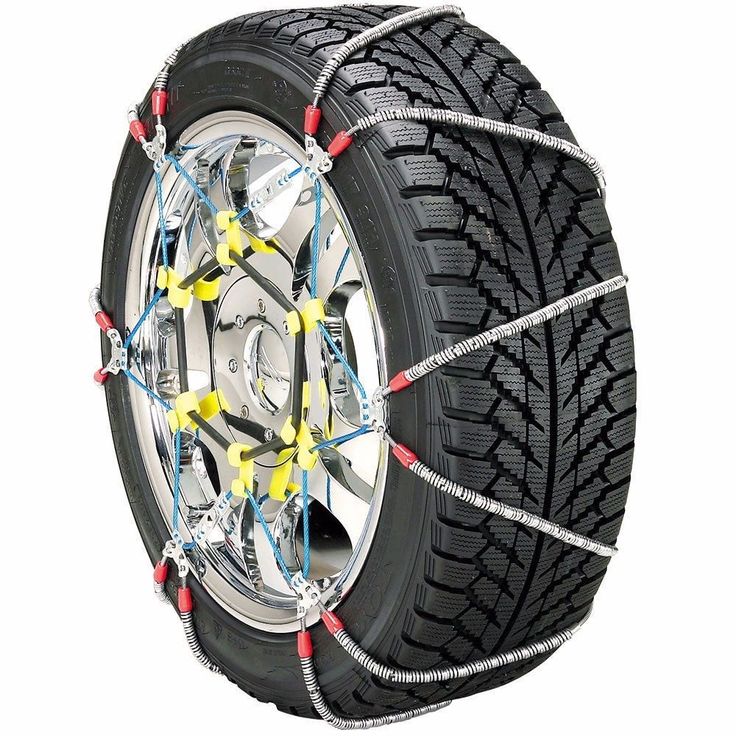 If you bought a used car, check to see that the tires are appropriate. Tire sizes can be found printed on the outside of the tire. They start with a letter, followed by a number, a slash and then another alphanumeric code. The correct tire size for your vehicle can be found in your owner’s manual. There should also be a sticker on your driver’s side door or door post telling you your tire size as well as the recommended tire pressure.
If you bought a used car, check to see that the tires are appropriate. Tire sizes can be found printed on the outside of the tire. They start with a letter, followed by a number, a slash and then another alphanumeric code. The correct tire size for your vehicle can be found in your owner’s manual. There should also be a sticker on your driver’s side door or door post telling you your tire size as well as the recommended tire pressure.
A bald tire will not give you the traction and grip you need to keep control of your car on wet or icy surfaces. If your tread has worn down to within 2/32 of an inch from the surface of the tire, it needs to be replaced. Don’t worry; you don’t need a laser sight or a set of precision calipers to measure tread depth. There are a couple of easy ways to tell if the tread on your tires is sufficient.
Treadwear Indicators – If you look at your tires closely, you should be able to see the treadwear indicators.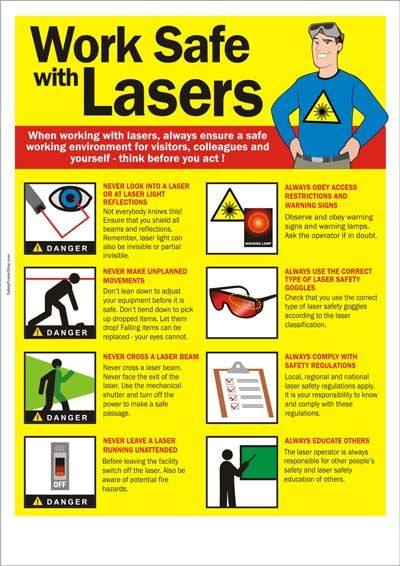 These are little bars of rubber in the grooves between the treads. If the tread on your tire has worn down to where the tread is level with the indicator, the tire is in need of replacement.
These are little bars of rubber in the grooves between the treads. If the tread on your tire has worn down to where the tread is level with the indicator, the tire is in need of replacement.
The Penny Test – You can also check your tire’s tread depth with the penny test. Take a penny with the “heads” side facing you and insert it into the groove head first. Lincoln’s head should disappear into the groove. If you can see the top of Abe’s head when the penny is in the groove, it’s time to replace the tire.
Finally, don’t overload your vehicle. Putting too heavy of a load on a tire can cause it to burst. Overloading is a particular danger for truck tires, when a tractor-trailer is overloaded or the load becomes unbalanced. The maximum load rating for the tire is printed on the tire itself. Before loading the up the trunk or bed with heavy equipment, gardening supplies or your monthly trip to the warehouse wholesale store, consider how much weight you are adding to the vehicle.
If you were involved in a crash that occurred after a blowout, tread separation or tire deterioration, the fault may lie with a defective tire, and the tire manufacturer or a tire service provider may be liable to you for the damages caused. Call Halpern Santos Pinkert at 877-529-6211 for a free, confidential consultation with a team of experienced and successful tire litigation lawyers.
Share This Page:
The functions of a car tire are varied. It is designed to provide grip, comfort and safety of movement. There are two types of designs: diagonal and radial tires. What is it, what are the differences, which type to prefer for installation? Let's try to answer these questions.
In fact, a car tire is an element made of rubber, cord and metal threads. It is attached to the wheel rim.
The device of the tire consists of several parts.

Let's find out in more detail what a radial tire means. The peculiarity of its device lies in the location of the cord. The threads are usually stacked in one layer and do not intersect with each other. They are directed perpendicular to the movement, which improves the cross-country ability of the vehicle.
The main functions of the carcass in this case are performed by the breaker. It contains a thin brass-plated steel hummock (0.15 to 0.25 mm in diameter). The metal cord, unlike the textile cord, is more durable, not prone to elongation, and better removes heat.
Radial tires have an "R" symbol or the words "Radial" and "Belted" on their markings. Other details include manufacturer, size, model type, load capacity and speed.
Available in 2 versions:
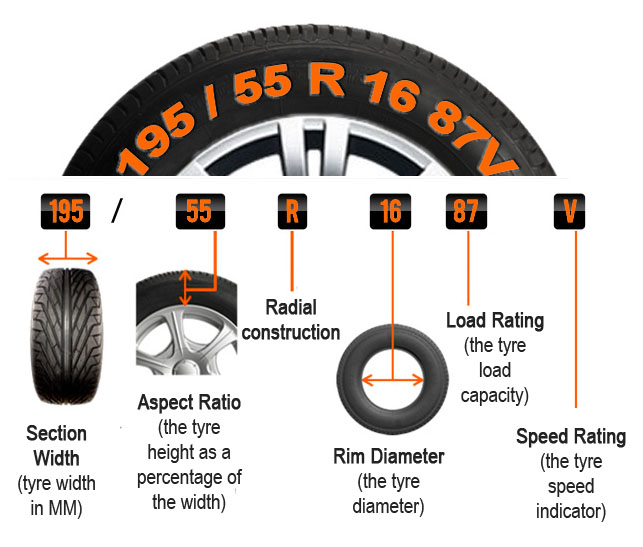
The first type is characterized by increased strength properties.
The radial tire design has several advantages. These include:
However, radial models have a high cost, the sensitivity of the sidewalls to mechanical stress. Also, this type requires control and maintenance of internal air pressure. Its decrease will cause premature destruction of the tire.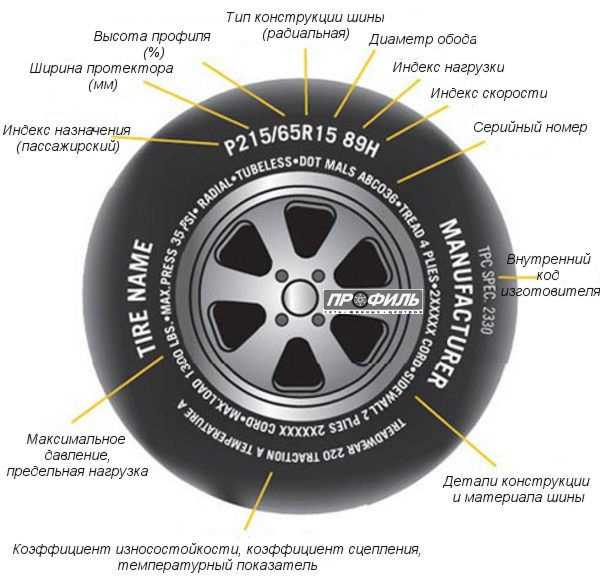
Radial tires have the best performance, so they are installed on modern vehicle models.
Tires affect the grip of the wheels with the road surface. Their design features affect the comfort and safety of driving. In our article you will find answers to the following questions: “What are radial tires, how do they differ from diagonal tires?”, And also get acquainted with the advantages and disadvantages of these types of tires.
Contents
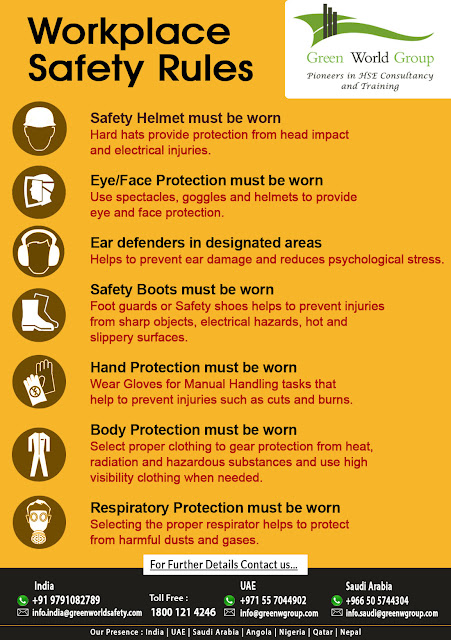
The main components that form the structure of the tire are:
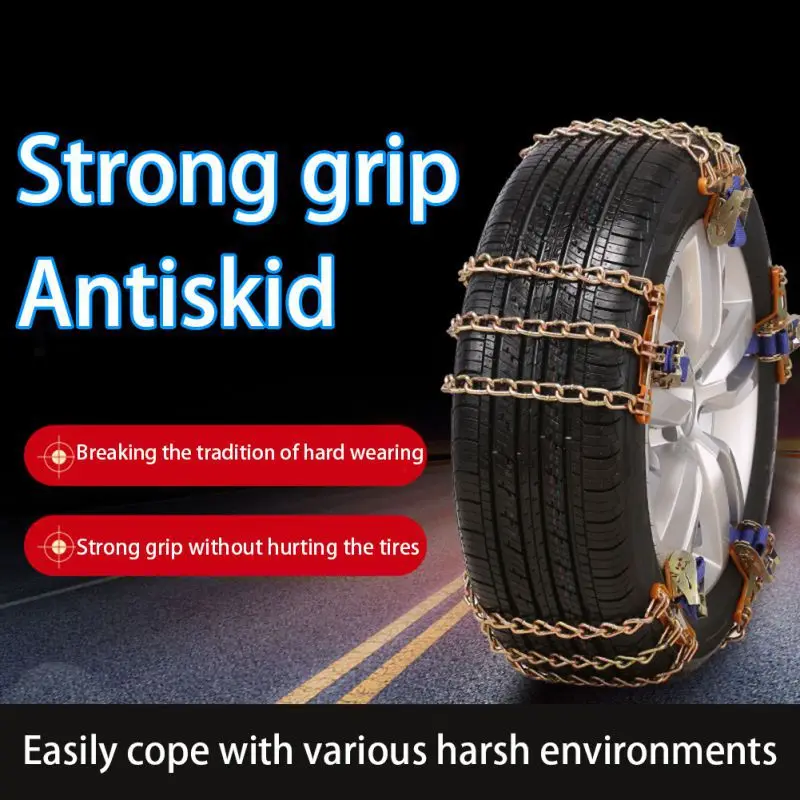 It is a layer of rubber that has a specific pattern.
It is a layer of rubber that has a specific pattern. All these components affect the properties of tires and affect their operation.
We recommend watching a video of the construction of radial and diagonal tube and tubeless tires:
There are two types of tires on the automotive market:
 These tires are marked with the letter "R" or the designations "Radial" or "Belted" located on the side surface of the tire.
These tires are marked with the letter "R" or the designations "Radial" or "Belted" located on the side surface of the tire. The difference in the structure of the carcass affects the basic characteristics of the tires. Radial tires have the following advantages:

Among the shortcomings it should be noted:
Benefits of diagonal tires:
Disadvantages of the specified type of tires:
